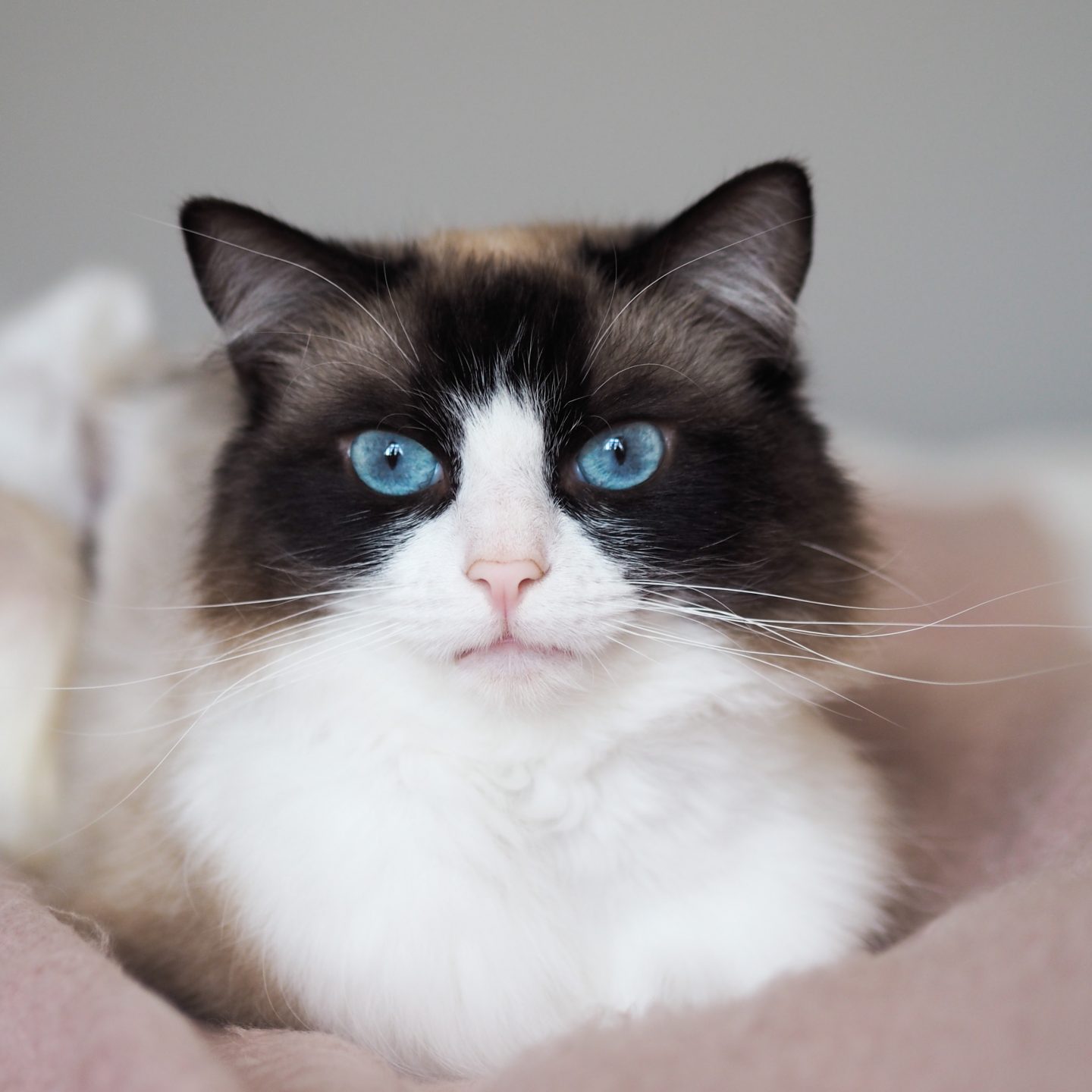More cat owners are opting to keep their pets indoors, either for safety reasons or to protect wildlife. In fact, a recent report from the PDSA suggests that 31% of domestic cats live indoors only. Factors such as road safety, theft of pedigrees and health concerns have all contributed to this trend.

Keeping your furry friend indoors requires a little more effort to ensure they have everything they need for a happy and healthy life. Here’s a guide to the essentials:
Scratching posts
A scratching post is excellent for maintaining their claws and offering an outlet for their natural behaviour. Cats instinctively scratch to mark their territory and keep their claws sharp, and without a designated post, they’ll likely turn to your furniture or carpets.
When choosing a scratching post, consider its height (it should allow the cat to fully stretch) and its stability, as cats prefer sturdy surfaces. Choose a variety of materials such as sisal, wood and carpet that offer different textures for them to enjoy.
Cat trees
Feline companions love vertical spaces and cat trees can satisfy their need to climb while observing their surroundings. For indoor cats, which may not have access to outdoor adventures, climbing and perching high up offer mental stimulation and exercise.
Modern designs also blend seamlessly into home décor, making it easier to find a model that fits your living space. Multi-level trees with hiding spots and hammocks can give your pet exciting options for relaxation and play.
Grooming supplies
Long-haired breeds need regular grooming to maintain a healthy coat and prevent matting. While outdoor cats may naturally shed their fur through their outdoor activities, those living inside rely on owners to help with the grooming process.
Essential grooming tools include a good-quality brush, nail clippers and perhaps a de-shedding tool. Regular brushing not only helps keep the coat clean and free of tangles but also reduces hairballs, which can be more common in indoor cats.
Hiding places
Our feline friends are natural-born hunters but they’re also prey animals in the wild, so having a safe place to hide is crucial to making them feel secure. Indoor cats, especially in busy households, can become stressed without a private, quiet space to retreat to.
A hiding spot can be as simple as a cardboard box or as luxurious as a dedicated tunnel or pod bed. The key is to ensure your pet has a place to go where they won’t be disturbed.
Toys and enrichment
Interactive toys, such as feather wands, laser pointers or puzzle feeders, can provide mental stimulation and prevent boredom. Additionally, rotating toys or creating a DIY play area can keep things fresh.
With these essentials in place, your cat can enjoy a fulfilling indoor life while avoiding the dangers and challenges of the outdoors.
Love,

*This is a collaborative post
